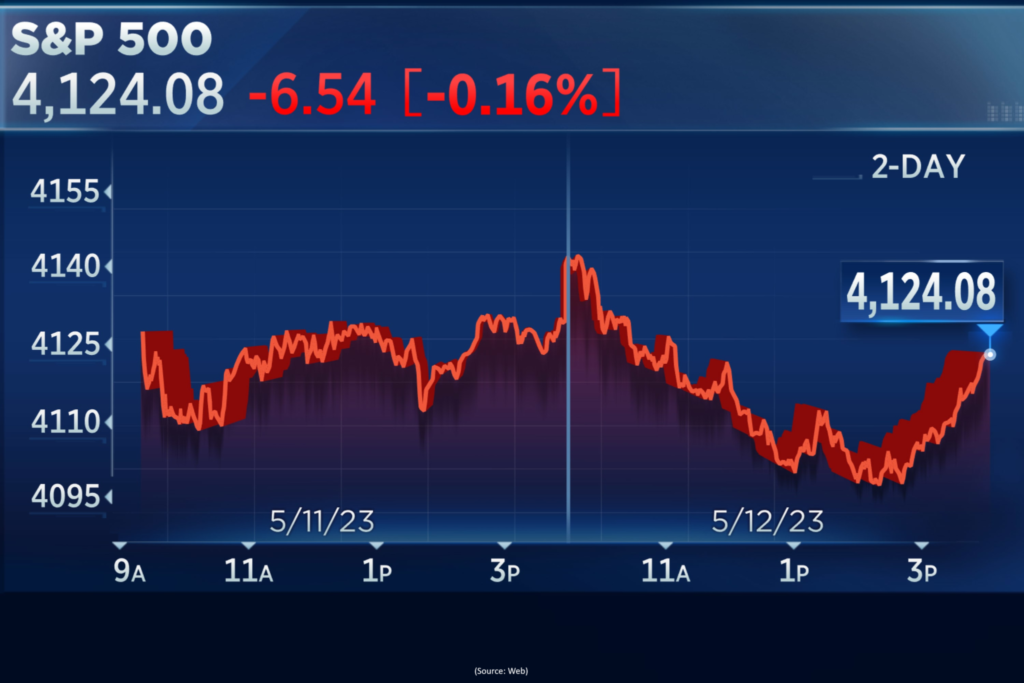
Developing a trading strategy is a crucial step in becoming a successful trader. A well-defined strategy helps you make informed decisions, manage risk, and stay disciplined in your trading approach. Here are steps to guide you in developing a trading strategy:
- Define Your Goals and Risk Tolerance:
Clearly outline your financial goals, whether they are short-term or long-term. Assess your risk tolerance, as this will influence the level of risk you’re comfortable taking in your trades.
- Choose Your Market and Instruments:
Decide on the financial markets and instruments you want to trade. This could be stocks, forex, commodities, or other assets. Each market has its characteristics and requires specific knowledge.
- Conduct Market Research:
Understand the market conditions and factors that affect the instruments you’re interested in. Stay informed about economic indicators, news, and events relevant to your chosen market.
- Paper Trade or Use a Demo Account:
Before risking real money, practice your strategy in a simulated environment. This allows you to refine your approach without financial consequences.
- Select a Trading Style:
Determine your trading style based on your personality, time commitment, and risk tolerance. Common trading styles include day trading, swing trading, and long-term investing.
- Perform Technical and Fundamental Analysis:
Combine technical analysis (chart patterns, indicators) and fundamental analysis (economic data, company financials) to identify potential entry and exit points for your trades.
- Set Risk-Reward Ratios:
Establish clear risk-reward ratios for your trades. Determine how much you are willing to risk on each trade relative to the potential profit. This helps manage risk and maintain a consistent approach.
- Implement Risk Management Strategies:
Develop risk management rules, including setting stop-loss orders, position sizing, and overall portfolio risk. Protecting your capital is paramount in trading.
- Paper Trade or Use a Demo Account:
Before risking real money, practice your strategy in a simulated environment. This allows you to refine your approach without financial consequences.
- Review and Adjust:
Regularly review your trading strategy and performance. Be open to adjustments and improvements based on your experiences and changing market conditions.
- Stay Disciplined:
Stick to your trading plan and strategy, even during periods of losses. Emotional discipline is crucial in successful trading.
- Continuously Educate Yourself:
Stay updated on market trends, new analysis techniques, and changes in the financial landscape. Continuous learning is essential in adapting to evolving market conditions.
Remember, creating a trading strategy from scratch takes time and requires patience. It’s important to stay disciplined and adaptable as per the market and your strategy based on real-world trading experiences.







